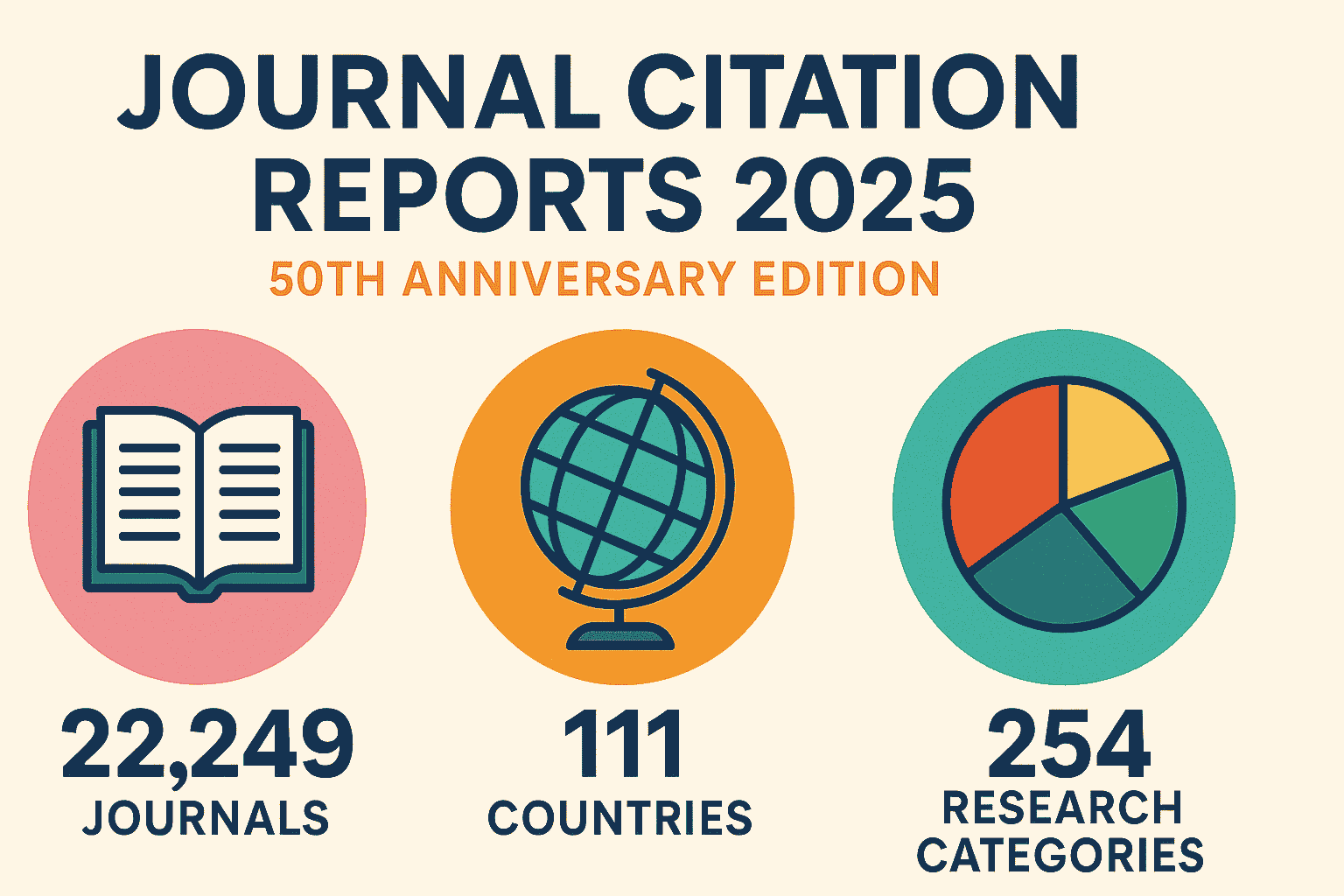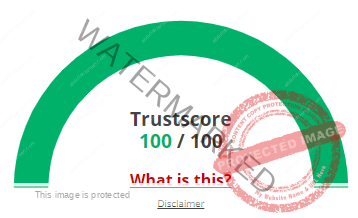Antigen cross-presentation
Antigen cross-presentation
Antigen cross-presentation is a critical immunological process that allows exogenous antigens, typically presented via MHC class II to CD4+ T cells, to be presented on MHC class I molecules for recognition by CD8+ cytotoxic T lymphocytes. This is particularly important for initiating immune responses against viruses and other intracellular pathogens that do not directly infect antigen-presenting cells (APCs) like dendritic cells (DCs), as well as for antitumor immunity. Cross-presentation is essential for the effective activation of CD8+ T cells, which are crucial in clearing infected or transformed cells. This topic explores the mechanisms underlying antigen cross-presentation, its pathways, and its significance in immune responses.
Mechanisms of Antigen Cross-Presentation:
Cross-presentation primarily occurs in professional APCs, particularly certain subsets of dendritic cells. There are two main pathways for cross-presentation, both of which culminate in the presentation of exogenous antigens on MHC class I molecules: the cytosolic pathway and the vacuolar pathway.
- Cytosolic Pathway:
- Antigen Uptake and Translocation: Exogenous antigens are taken up by dendritic cells through processes such as phagocytosis, macropinocytosis, or receptor-mediated endocytosis. Once internalized, these antigens are typically contained within endosomes or phagosomes. In the cytosolic pathway, proteins need to be translocated from these endosomal compartments into the cytosol.
- Proteasomal Degradation: In the cytosol, proteins are ubiquitinated and directed to the proteasome for degradation into peptide fragments. This process is similar to the generation of peptides for traditional endogenous antigen presentation on MHC class I molecules.
- Peptide Transport into the Endoplasmic Reticulum (ER): The resulting peptides are transported into the ER by the transporter associated with antigen processing (TAP). Once in the ER, peptides bind to newly synthesized MHC class I molecules, facilitated by a complex that includes tapasin, calreticulin, and other chaperones.
- Surface Expression: Stable peptide-MHC class I complexes are transported to the cell surface, where they can interact with CD8+ T cells, activating these cells and promoting a cytotoxic response.
- Vacuolar Pathway:
- Antigen Processing within Endosomes: In the vacuolar pathway, antigens remain within endosomal or phagosomal compartments rather than being translocated into the cytosol. Here, they are directly processed by proteases such as cathepsins, which reside in these acidic compartments.
- Peptide Loading on MHC Class I: Unlike the cytosolic pathway, peptides derived in the endosomal compartments can directly bind to MHC class I molecules that traffic to these same compartments. This loading is independent of TAP and the ER, representing an alternate route for antigen processing.
- Expression on the Cell Surface: After peptide loading, MHC class I-peptide complexes are transported to the surface of the APC for presentation to CD8+ T cells.
Significance and Applications:
Cross-presentation is crucial for initiating CD8+ T cell responses against pathogens that do not directly infect professional APCs. It ensures that dendritic cells, the most potent APCs, can activate cytotoxic T lymphocytes even when antigens originate from extracellular sources. This capacity is vital for immunity against viruses, tumors, and other pathogens that require an effective cytotoxic T-cell response.
Moreover, cross-presentation has significant implications in vaccine development, particularly in the design of vaccines aimed at generating robust CD8+ T cell responses. Targeting antigens for effective cross-presentation can enhance the efficacy of cancer vaccines and therapeutic interventions against viral infections.
Additionally, understanding the mechanisms of cross-presentation can aid in designing better immunotherapies and modulating immune responses in autoimmune diseases, where altering the cross-presentation pathway might lead to therapeutic benefits.
In conclusion, antigen cross-presentation is a sophisticated and essential component of the immune system, bridging innate and adaptive immunity by enabling exogenous antigens to be presented on MHC class I molecules. By facilitating the activation of CD8+ T cells, cross-presentation plays a pivotal role in controlling infections and tumors, highlighting its importance in immunology and therapeutic research.








